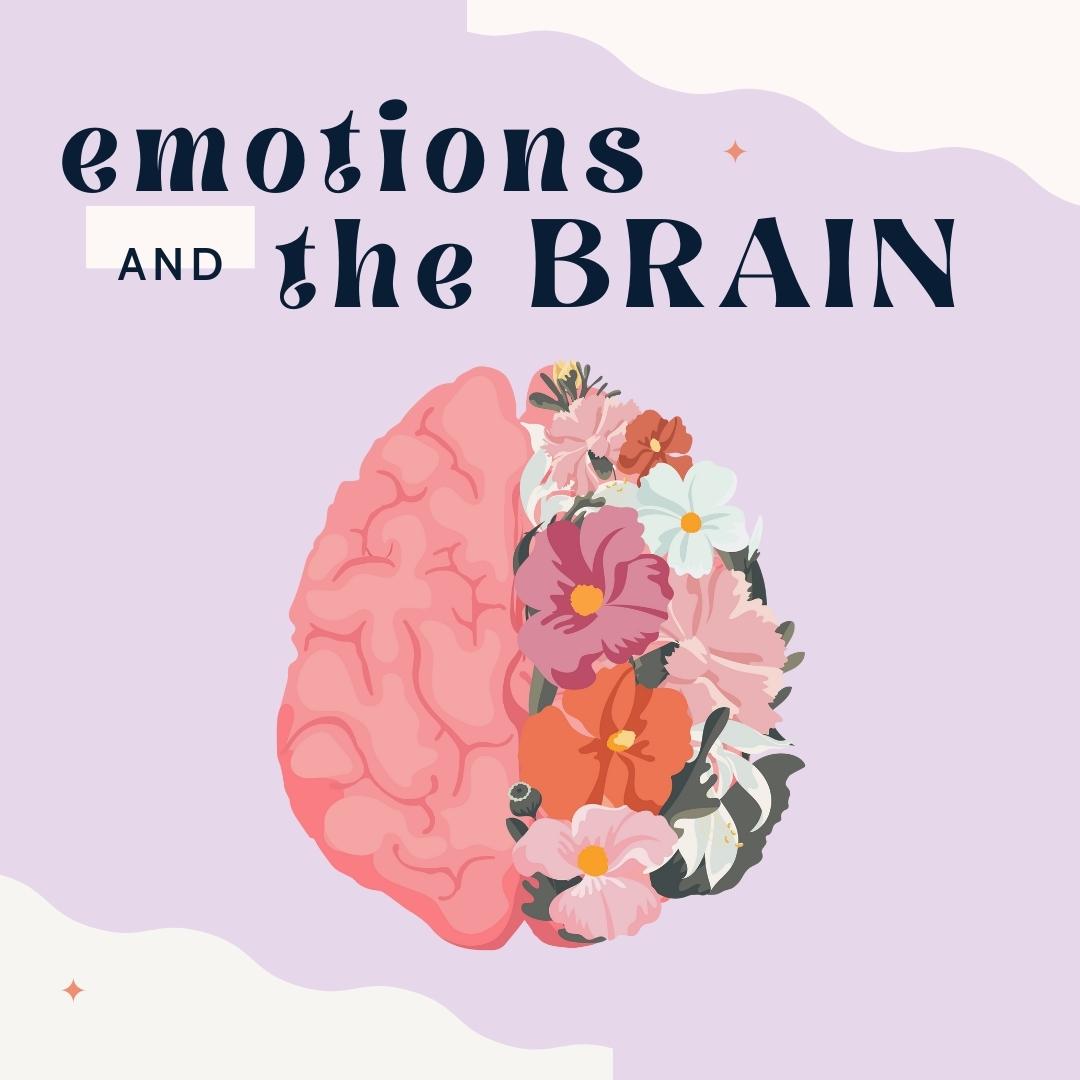
Emotions are a part of our everyday lives. They are unavoidable, and they are valuable to us!
Emotions are simply reactions that we experience in response to events or situations. The type of emotion we experience is determined by the circumstance that triggers the emotion. For instance, a person experiences joy when they receive good news. A person experiences fear when they are threatened.
There is a physical reason for this. Our brains have specific areas where we process emotion. The system of the brain responsible for memory and mood is the limbic system. It includes the hippocampus, the hypothalamus, and the amygdala.
When we look at the structure of the brain, we see that the amygdala (a tiny, almond-shaped structure) is key when it comes to emotion and fear.
The hippocampus is where new nerve cells are created. And it is physically beside the structure responsible for emotions. And is connected to the nose via a cranial nerve.
That may sound a bit like science jargon, but let’s read that again.
The part of the brain where new nerve cells are created is connected to the part that processes emotions and is also connected to our sense of smell.
That is powerful friend.
That is how we can process trauma.
That is how we rewire our brains.
That is how we move forward in peace.
And that is what we are going to talk about in this class!
Everyone carries unprocessed emotions from experiences to some degree. However, emotions that aren’t dealt with don’t just go away. They can affect:
- The way you think about yourself
- How you react to stress
- Your physical well-being
- Your relationships with others
We want to utilize the tools we have to dig deep and release the emotional baggage of trauma that is weighing us down.
Let’s put down those emotional backpacks and utilize the beautiful system of our minds and bodies to find that emotional exhale we all desperately need.
